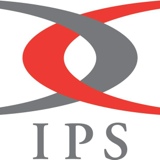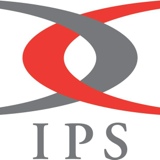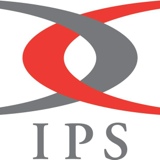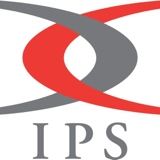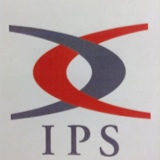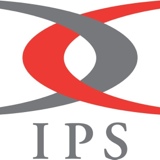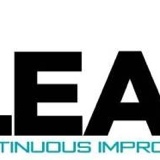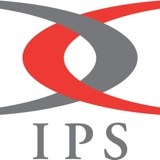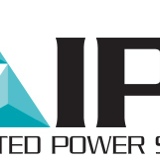Information
-
Audit Title
-
Document No.
-
Client / Site
-
Conducted on
-
Prepared by
-
Location
-
Personnel
Sort - Only work essentials are in the area to complete the job.
-
Workbench
-
WIP inventories
-
Cabinets
-
Material inventories
-
Personal items
-
Job instructions are current.
-
Extraneous papers on walls are removed.
-
Bulletin board items are up to date.
-
Clearly defined Red Tag System is in place and utilized.
Straighten - Everything has a place, and everything in its place. Clearly labelled and or shadowed.
-
Workbench
-
Cabinets
-
Toolboxes
-
Tool boards
-
Aisles
-
WIP incoming
-
WIP outgoing
-
Material inventories
-
Equipment controls
-
Equipment instructions.
-
Visual controls are in place and easy to understand.
Shine - Clean and like new. Inspect through cleaning (no leaks).
-
Workbench
-
Cabinets
-
Equipment
-
Walls
-
Floors
-
Tools
-
PPE
-
Paperwork
-
Garbage emptied
-
Scrap bins
-
Housekeeping station
-
Preventative maintenance checklist are being used.
-
Hazardous materials have no spills or leaks.
-
Sources of dirt, dust and grime is eliminated.
Standardize - Everyone does it the best way every time.
-
Housekeeping job instructions are posted, updated and succinct.
-
Process job instructions are posted and are current.
-
Version control is in place for all job instructions.
-
Cross training Matrix is posted and up to date. Each member has been trained on procedures for the are and Signed off on..
-
Leader Standard Work is posted and being used.
-
6S audits are performed weekly and are posted.
-
Team and accountability board is in place with 6S audits, To Do List, and team performance posted.
-
Management support is displayed by completing 6S audits and participating in events.
-
Team members are posting ideas on the Kaizen Schedule.
Safety
-
Aisles marked, widths maintained, good condition, illuminated, free from obstruction. Pits and floor openings are covered or otherwise guarded? 29 CFR 1910.22(c); 29 CFR 1910.23(a) ? 29 CFR 1910.22<br>
-
All hazardous chemicals are appropriately labeled. 29 CFR 1910.1200(f)(5); 29 CFR 1910.1200(f)(6)<br>
-
All disconnecting means are legibly marked to indicate their purpose, unless located so that their purpose is evident. 29 CFR 1910.303(f). Extension cords being used have a grounding conductorcord and cable connections intact and secure, extensions have grounding conductor, space around free of splices or taps. 29 CFR 1910.1200(f)(5); 29 CFR 1910.304(f)(5)(v); 29 CFR 1910.305(g)(2)(ii), 29 CFR 1910.305(g)(2)(iii)29 CFR 1910.334(a)(3)<br>
-
Exits are properly marked,free of obstruction, visible from all areas. 29 CFR 1910.37(q); 29 CRF 1910.37(H) 29 CFR 1910.37(q)(5)(6)<br>
-
Emergency Numbers and equipment easily accessed, highly visible, and well-maintained, inspected. Fire extinguishers, eye flush, safety stop switches, First Aid Equipment… Emergency phone number posted where they can be readily found in case of an emergency. 29 CFR 1910.151©, 29 CFR 1910.151(b)29 CFR 1910.38(a)(2)(v)(vi)29 CFR 1910.157(c)(1)<br>
-
Approved containers and portable tanks used for the storage and handling of flammable and combustible liquids are properly stored. 29 CFR 1910.106(d)(2); 29 CFR 1910.144(a)(1)(ii)<br>
-
Forklifts are inspected before being placed in service. Inspections should be at least daily, or after each shift, if used around the clock. 29 CFR 1910.178(q)(7)<br>
-
Correct lockout/tagout procedures are available and used. 29 CFR 1910.147(c)(4); 29 CFR 1910.147(d); 29 CFR 1910.147(e) A. Rotating or moving parts of equipment are guarded to prevent physical contact. 29 CFR 1910.212(a)(1); 29 CFR 1910.219(F)<br>
-
All employees are required to use personal protection equipment (PPE) as needed. 29 CFR 1910.132(a)<br>
-
Work environment has correct/adjustable heights. Lift assist devices. Good lighting. Temperature. Air quality. Noise levels…<br>
-
Add signature







